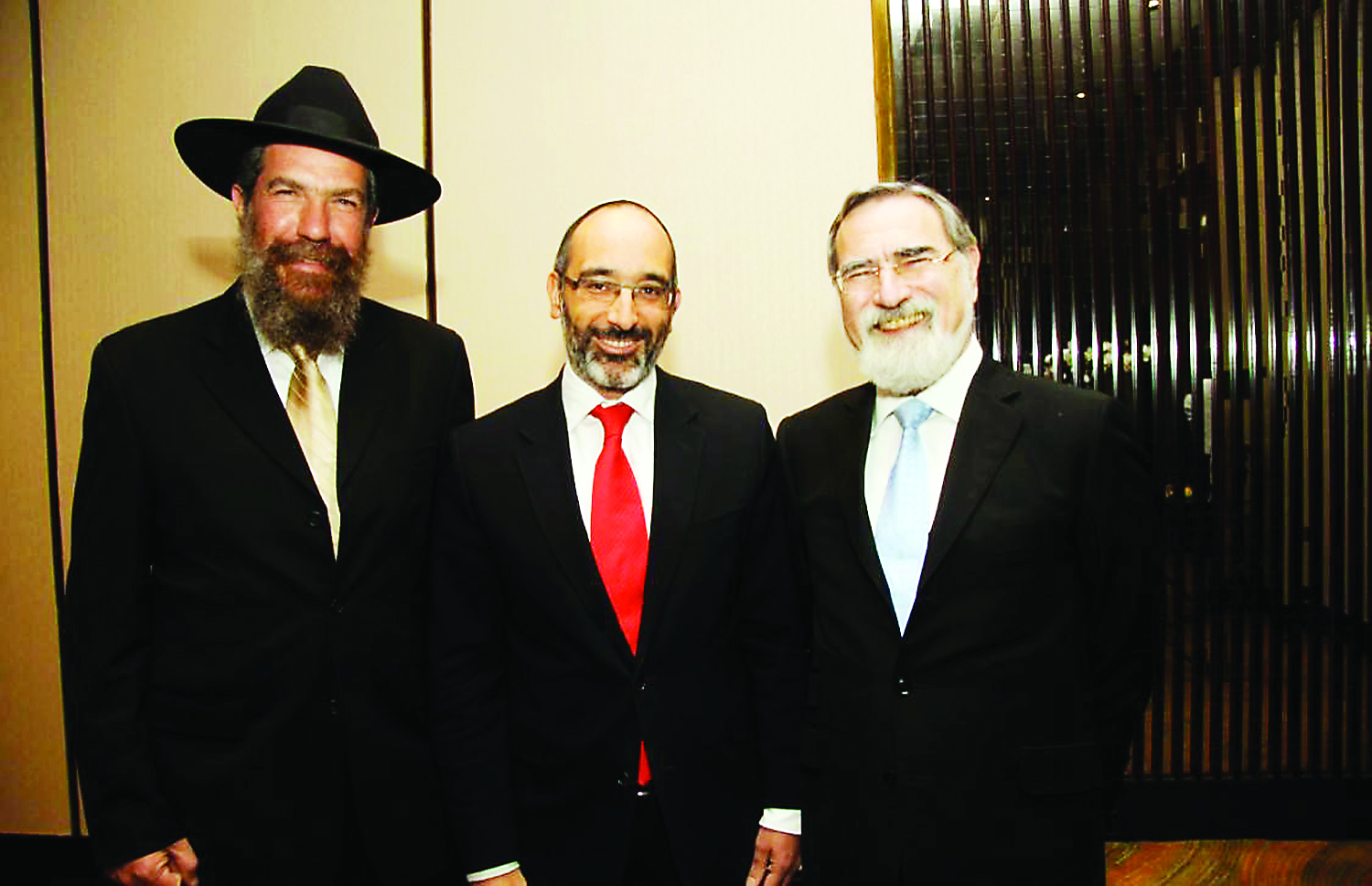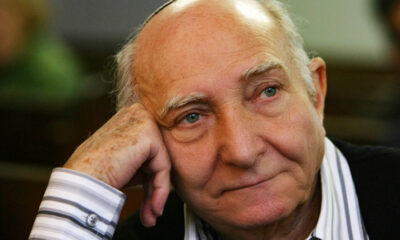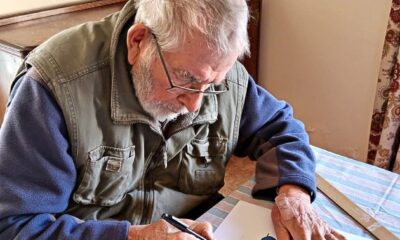
Featured Item

Rabbi Lord Jonathan Sacks, prince of G-d
I feel the loss of Rabbi Lord Jonathan Sacks zt’l in a deeply personal way. I have lost a friend and a mentor, who guided and supported me from my early days as chief rabbi of South Africa.
I will never forget that he was one of the first people to call me when I took up the position 17 years ago. From that moment, he was there for me, guiding me with wisdom, kindness, and compassion. And I wasn’t the only one – there are many around the globe who benefited from his wise counsel and compassionate care and support.
That someone as brilliant and influential as Rabbi Sacks was with us one moment and then gone the next – that sense of shock is something that will take time to overcome. And it will be only in the months and years ahead that we will be able to frame his legacy adequately and his contribution to the Jewish people and society as a whole.
I would, however, like to share one thought, while the memory of his passing is still raw. It’s a phrase used in this week’s parsha to describe Abraham, our forefather: Nesi Elokim, (prince of G-d). Rabbi Sacks was a prince of G-d. A prince of dignity. A prince of kindness. A prince of eloquence. A prince of wisdom. His presence, his speeches, his articles, shone with royalty and brilliance. It’s that sense of lost majesty that we are all feeling at this time. He was a prince amongst the Jewish people and a prince among the nations, celebrated for his leadership, his intellect, his ideas. Rabbi Sacks wasn’t just a source of guidance to queens and princes and prime ministers, he, himself, was a noble soul.
And he carried with him the source of all royalty. He carried the keter Torah, (crown of Torah), and he carried it with such dignity and authority. The Talmud says that the crown of Torah is the greatest of all crowns. The crown of Torah is greater than the “crown of kingship”, and even the “crown of the priesthood”, because it’s the source of all majesty in this world, as the Talmud demonstrates by citing this verse, “Through Me kings shall reign.” When one wears the crown of Torah, one carries the royalty of G-d, the “King of all kings”.
Rabbi Sacks carried the crown of Torah in such a way that its light shone across the globe. Through his eloquence, his genius, his profound wisdom, he was able to unlock and unleash the divine light that lies within our Torah. Rabbi Sacks was well-versed in all of the wisdom of the world. He understood sociology and psychology, politics and philosophy, science and literature. And yet he showed us that all wisdom is subservient to – and sourced in – the ultimate wisdom, the ultimate crown, the wisdom of Torah.
The menorah of the sanctuary had seven branches, a middle branch and three branches coming out of either side of it, their flames leaning towards the centre. Rabbi Samson Raphael Hirsch explains that the middle branch represents the light of Torah wisdom, while the other six branches represent the wisdom of the world. The six outer branches emerge from the central branch, and their flames turn inwards to face the central branch it came from. Rabbi Sacks was a menorah. He lit up the world with the Torah’s teachings by showing how all true wisdom in the world emanates from and turns towards the light of the divine wisdom of the Torah.
In this way, he was the ultimate kiddush Hashem. He sanctified G-d’s name every time he wore the crown of Torah, and everyone who heard him or read his writings, gained renewed appreciation and reverence for the divine wisdom of the Torah. Over the course of decades, he brought its light to bear on some of the most difficult and complex issues facing the world – religious intolerance, antisemitism, secularism and materialism, faith and science, the politics of anger. He was able to access the wisdom of Torah and use it to illuminate these intractable problems with the majesty of divine wisdom. Rabbi Sacks demonstrated that the Torah contains the wisdom that is indeed the blueprint for all of creation and every dimension of human experience. Through his speeches and his writings, he demonstrated how everything we need to know about life and society is contained within the divine wisdom of Torah, as the mishna in Pirkei Avot says, “Turn it over and over, for everything is in it.” And in so doing, he showed the world in the most powerful way the majesty of the crown of Torah.
Rabbi Sacks was truly a prince of G-d. He carried the name of G-d high in this world, and he uplifted all of us. The word “nasi” (prince), comes from the root of the word “to carry”. This is the true meaning of royalty from a Torah perspective – we don’t carry the king, the king carries us. Rabbi Sacks taught us, led us, and inspired us. He carried us on the majesty of the Torah he taught.
Right now we’re bereft; we’ve lost our prince. But our comfort is that he has left behind a royal treasure of writings and lectures; a legacy of wisdom, ideas and insights. Let’s all continue the holy work of Rabbi Lord Jonathan Sacks, prince of G-d. Let’s extend his legacy, by carrying the crown of Torah with pride and dignity, and by illuminating our lives and our world with its divine light. I can think of no more fitting tribute to his kindness, dignity, empathy, brilliance, eloquence, wisdom, and his deep love for us all.
Our hearts and prayers go out to Lady Elaine Sacks and her children and grandchildren. Your loss is one we cannot understand, but know that we share your grief and are with you in your pain.
Yehi zichro baruch. May his memory be a blessing.










